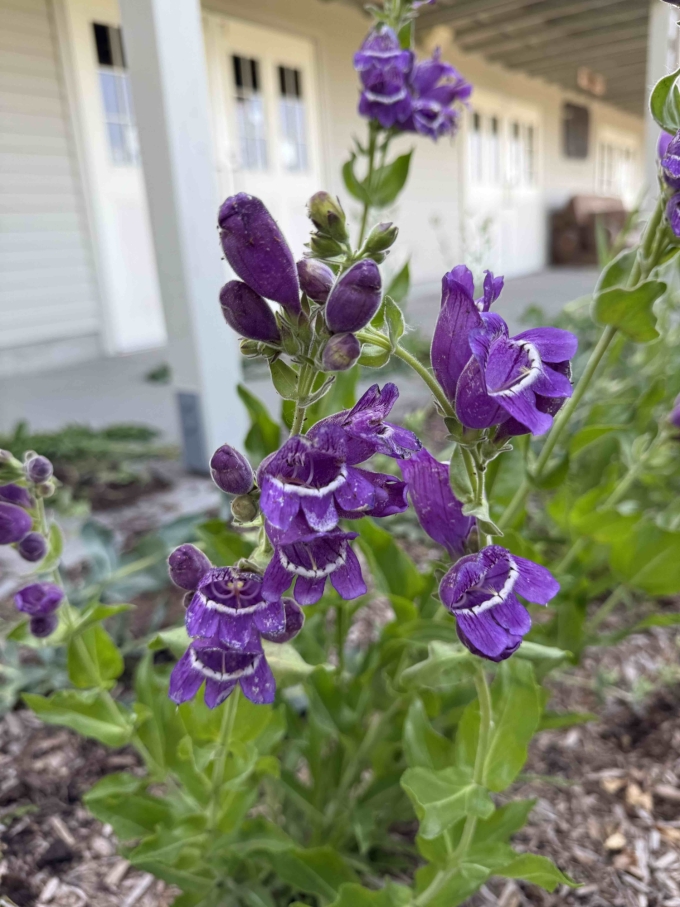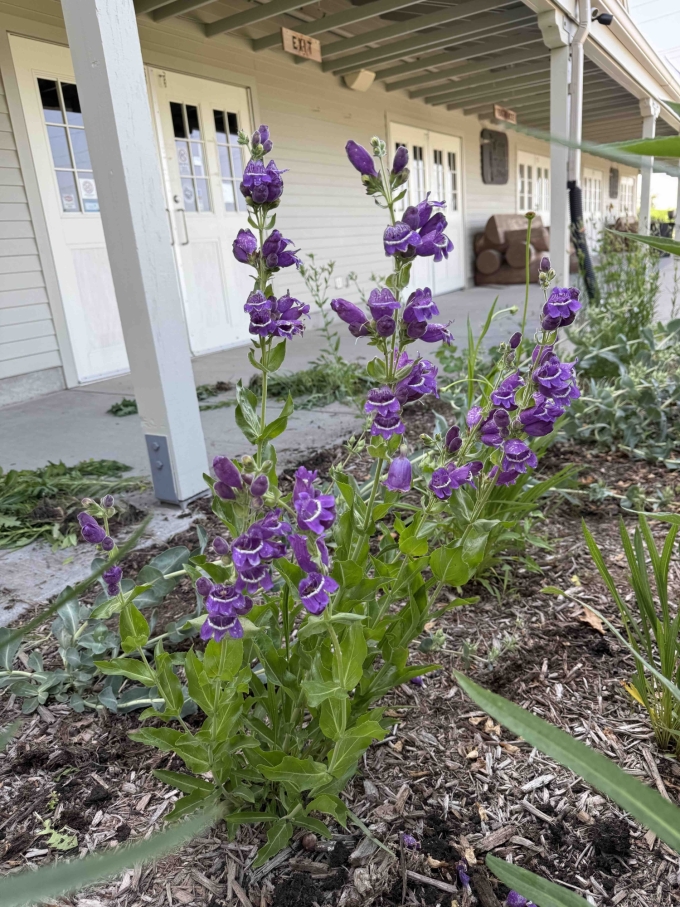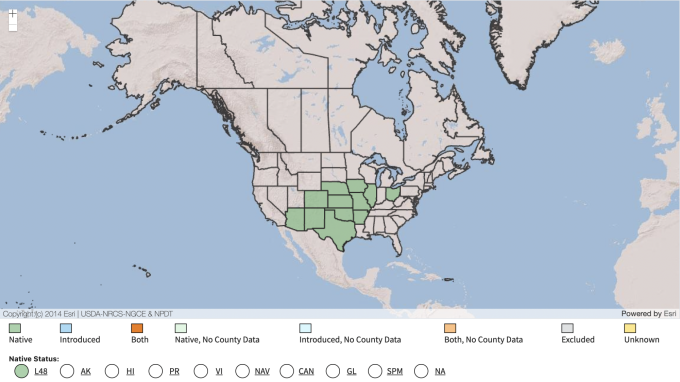Common Name: Cobaea Beardtongue
Family: Plantaginaceae
Plant Type: Herbaceous Perennial
Native Range: Central United States, including Kansas, Oklahoma, Texas, and parts of southern Nebraska
Hardiness Zones: 4–8
Height: 1.0 to 2.5 feet
Spread: 1.0 to 2.0 feet
Bloom Time: Late spring to early summer (May–June in Nebraska)
Bloom Description: Showy, large, tubular flowers in shades of pink to lavender with white throats, held above basal rosettes of leaves
Sun Exposure: Full sun
Water Needs: Low to medium
Soil Preference: Well-drained, sandy or rocky soils; tolerant of poor soils
Maintenance Level: Low
Suggested Use: Rock gardens, prairie plantings, xeriscapes, pollinator beds
Attracts: Bees, hummingbirds, butterflies
Tolerates: Drought, heat, poor soils, deer
Notable Features: Large, orchid-like flowers, attractive to pollinators, excellent drought tolerance
Nebraska Growing Notes:
Cobaea Beardtongue is a striking native wildflower with large, showy blooms that appear in late spring—providing an important nectar source early in the season. In Nebraska, it performs best in full sun and well-drained soils, particularly in sandy or rocky areas common in the south-central and western parts of the state.
It is highly drought-tolerant once established and does well in xeric or low-maintenance landscapes. Its basal rosette of leathery leaves stays tidy, while flowering stems rise to display clusters of large, bell-shaped blooms.
Because it’s adapted to lean soils, avoid overwatering or planting in heavy, poorly-drained clay. It may self-seed lightly in favorable conditions but is not aggressive.
Landscape Use:
An excellent choice for rock gardens, dry prairies, pollinator plantings, and naturalized wildflower areas. Its delicate yet bold flowers pair beautifully with other spring and early-summer natives like Coreopsis lanceolata, Salvia azurea, and Bouteloua gracilis.
Caution:
Non-toxic and wildlife-friendly. Needs excellent drainage to avoid rot in wet winters or heavy clay soils.
Garden Locations:
Sources:



